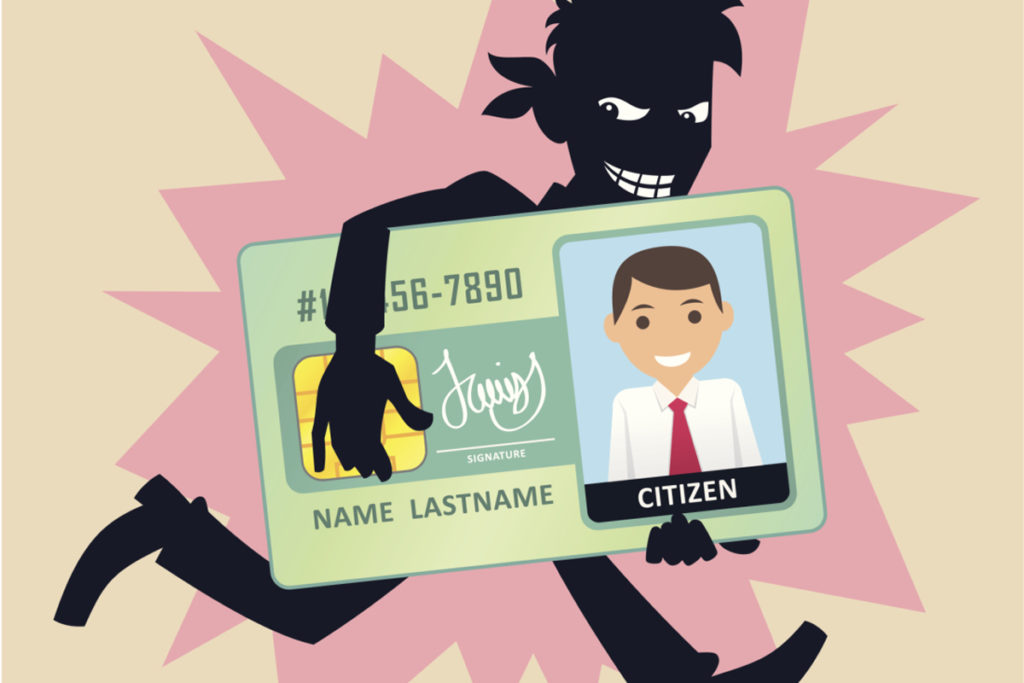Top Five Ways Your Identity Can Be Stolen
Identity theft is nothing new, and as problems facing modern industries go it’s a massive underground activity that costs the USA an average of $1.5 million each year. While a fairly established occurrence, the means of stealing one’s identity has grown more sophisticated over the years so as to better match user identity protection methods set in place.
There is, sad to say, no perfect defense against identity theft. However that is the same as there being no defense against it. Part of the protection is knowing the methods of thieves.
So, in order to help you safeguard your identity, here are five common ways it may be stolen.
Phishing
Chances upon setting up an account with some website or another, you’ll have started receiving strange emails from undisclosed sources claiming all sorts of nonsense. Some may pose as a website you’ve sign up to, such as your bank, alerting you to some fine or penalty that requires immediate action, with explicit instructions to follow a link. Others may demand personal details.
You’ve just received a phishing attempt, one of the oldest and perhaps most commonly encountered attempts at identity theft you’ll come across. Fortunately they’re also very easy to spot, most of the time. Many will lack even proper spelling and grammar, and others will include terminology or language you’d not expect to see in a formal letter from a website or company.
Others, however, are extremely subtle, and will often describe plausible scenarios, feature authentic looking headings and logos, and may even use an email address that looks official too. Fortunately you can always tell a fake email from an official one by what they require of you – phishing emails will demand personal details, or provide suspicious links, whereas official emails will often be a lot more guarded about what you can do to resolve issues that arise.
In general, if an email has been sent to you alerting you to some sort of problem, you should always message an official source first to confirm its authenticity. Never click on links or submit information without doable checking this.
Stealing Your Mail and Paperwork
An old school method, but one that nevertheless works. Here a thief has stolen your identity by going through your garbage looking for old letters, bank statements and bills containing vital personal details. While worthless in and of themselves, these can be used by thieves to fraudulently open up bank accounts in your name, sign you up to God knows what, bluff their way into seizing control of your credit card or social security number, or any number of other acts of identity theft if you’re not careful.
As a general means of practice, you should always ensure that any paperwork you decide to throw out is carefully shredded, or somehow defaced and destroyed. Ideally you shouldn’t just throw out sensitive documents in the trash at all, but instead find some special means of disposing them. If you’re lucky enough to have an open fire, that’s a great way to get rid of shredded bank statements that no thief can retrieve.
Visual Hacking
A simple method, but an effective one. This is where a hacker seizes control of your account by carefully observing your PC screen in search of personal information. Others may carefully observe your hand movements on the keyboard to guess roughly what your password is, and try to replicate it. It’s related to shoulder surfing, where someone behind you at the ATM may spy your pin code as you’re inserting it.
Today it’s easier than ever to achieve this. All a thief needs to do is whip out his smart phone, take a video or a picture of you at your desk, and hey presto you may well have found your user identity compromised.
Always exercise caution when at your computer screen in the presence of strangers. Make sure your keyboard is adequately obscured, and that you’re conscious of who’s around you if ever you have sensitive information up on the screen. Ideally, make sure that the monitor is positioned in such a way that only you can see it.
Social Media Hacking
By this, we mean people using your social networking websites to forage for personal information and details. Today most of our lives are now recorded on sites such as Facebook, Instagram, or Pinterest, and from there any number of personal details can be uncovered from you. These can then be used to bypass user identity verification measures, such as memorable information questions, or used to open fraudulent accounts in your name.
Try to be very guarded and careful about who can access your social media. You can, for example, set your Facebook profile so that only your friends can see its contents. For that matter, don’t just accept every friend request sent your way either, and get into the habit of pruning it regularly too. If someone is on there who isn’t really a friend, colleague or family member, feel free to boot them.
Stealing Your Social Security Number
Some people keep their SSN card in their wallets for convenience. If ever they need to open a bank account, or apply for a job, they can then just whip it out there and then. However this means that your SSN is out in the public where it can easily be misplaced or swiped. It’s so easy to do. You set your wallet down somewhere, turn away for five minutes and it’s gone. Or while out in the city, you slip your hand into your coat pocket and find someone has pickpocketed its contents.
In that moment, anyone could have your SSN card and with it a means of impersonating you.
Try to keep your SSN card locked up somewhere safe at home instead, and memorize your SSN if ever you may have need of it. It’s only a few numbers long, and however hard they may try thieves cannot easily steal the contents of your head. It’s just safer.






































No comments